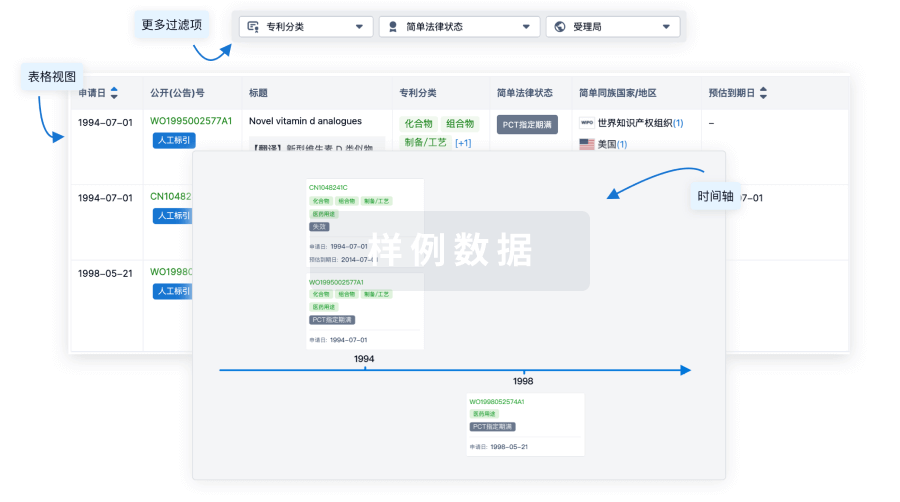更新于:2024-11-21
CNS-1261(PAION AG)
更新于:2024-11-21
概要
基本信息
结构
分子式C18H16IN3 |
InChIKeyYEMFBSCVGTUXHD-UHFFFAOYSA-N |
CAS号341032-67-5 |
关联
1
项与 CNS-1261(PAION AG) 相关的临床试验Investigation of the NMDA Receptor System in Man as a Potential Surrogate Marker for Deficit Syndrome in Schizophrenia: a [123]I-CNS 1261 Single Photon Emission Tomography (SPET) Study
This study was designed to compare the [123]I-CNS 1261 binding to NMDA receptor between healthy volunteers and different subgroups of schizophrenic patients. Investigation of the potential influence of antipsychotic and concomitant medication on [123I] CNS 1261 binding is also relevant.Fifteen healthy subjects (male and female of non-child bearing potential) will be recruited and 40 schizophrenic patients divided in 3 subgroups as indicated before: Subgroup a) treatment-naive, (n=10); Subgroup b) on stable treatment with risperidone (without criteria of deficit syndrome on the SDS scale, (n=15);Subgroup c) on stable treatment with risperidone fitting criteria of deficit syndrome on the SDS scale, (n=15).
开始日期2005-07-01 |
申办/合作机构 |
100 项与 CNS-1261(PAION AG) 相关的临床结果
登录后查看更多信息
100 项与 CNS-1261(PAION AG) 相关的转化医学
登录后查看更多信息
100 项与 CNS-1261(PAION AG) 相关的专利(医药)
登录后查看更多信息
9
项与 CNS-1261(PAION AG) 相关的文献(医药)2015-01-01·Bioorganic & Medicinal Chemistry Letters4区 · 医学
New N-aryl-N′-(3-(substituted)phenyl)-N′-methylguanidines as leads to potential PET radioligands for imaging the open NMDA receptor
4区 · 医学
Article
作者: Pike, Victor W ; Naumiec, Gregory R ; Cai, Lisheng
2008-04-01·Psychopharmacology3区 · 医学
Relationship between ketamine-induced psychotic symptoms and NMDA receptor occupancy—a [123I]CNS-1261 SPET study
3区 · 医学
Article
作者: Arstad, Erik ; Teneggi, Vincenzo ; Stone, James M. ; Krystal, John H. ; Pilowsky, Lyn S. ; Erlandsson, Kjell ; Ell, Peter J. ; Squassante, Lisa ; Bressan, Rodrigo A.
2006-02-01·Molecular Psychiatry1区 · 医学
First in vivo evidence of an NMDA receptor deficit in medication-free schizophrenic patients
1区 · 医学
Letter
作者: K Erlandsson ; Lyn Pilowsky ; PJ Ell ; James Stone ; JH Krystal ; RS Mulligan ; Rodrigo Affonseca Bressan
100 项与 CNS-1261(PAION AG) 相关的药物交易
登录后查看更多信息
研发状态
临床结果
临床结果
适应症
分期
评价
查看全部结果
| 研究 | 分期 | 人群特征 | 评价人数 | 分组 | 结果 | 评价 | 发布日期 |
|---|
No Data | |||||||
登录后查看更多信息
转化医学
使用我们的转化医学数据加速您的研究。
登录
或

药物交易
使用我们的药物交易数据加速您的研究。
登录
或

核心专利
使用我们的核心专利数据促进您的研究。
登录
或

临床分析
紧跟全球注册中心的最新临床试验。
登录
或

批准
利用最新的监管批准信息加速您的研究。
登录
或

特殊审评
只需点击几下即可了解关键药物信息。
登录
或

标准版
¥16800
元/账号/年
新药情报库 | 省钱又好用!
立即使用
来和芽仔聊天吧
立即开始免费试用!
智慧芽新药情报库是智慧芽专为生命科学人士构建的基于AI的创新药情报平台,助您全方位提升您的研发与决策效率。
立即开始数据试用!
智慧芽新药库数据也通过智慧芽数据服务平台,以API或者数据包形式对外开放,助您更加充分利用智慧芽新药情报信息。
生物序列数据库
生物药研发创新
免费使用
化学结构数据库
小分子化药研发创新
免费使用

